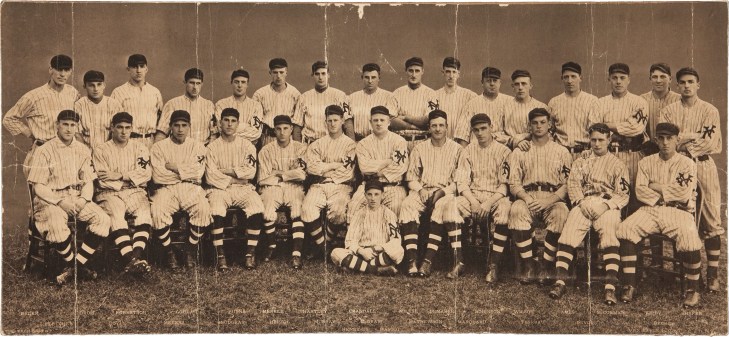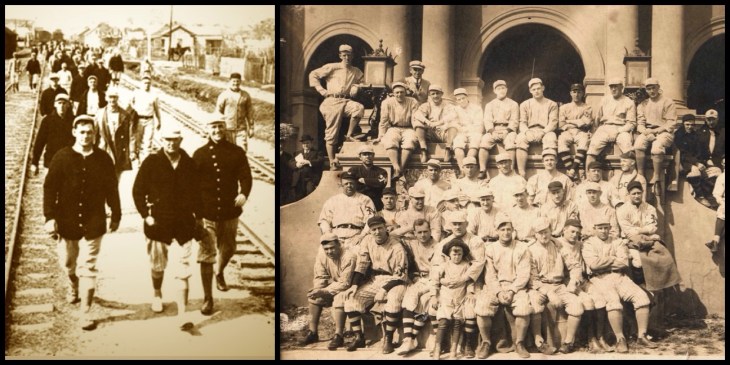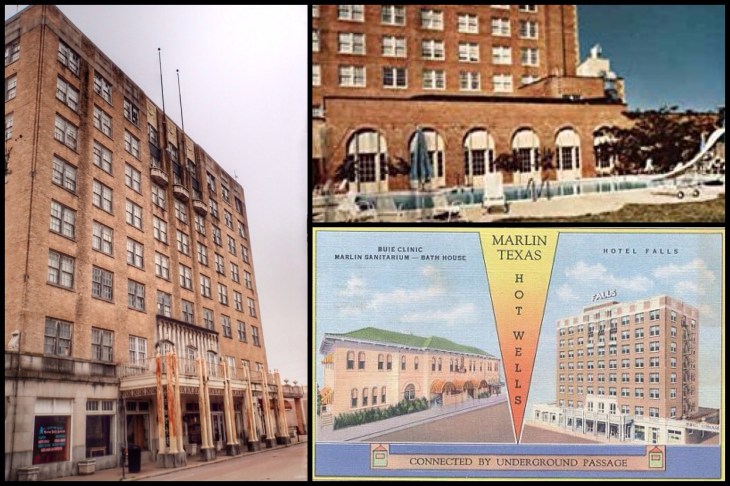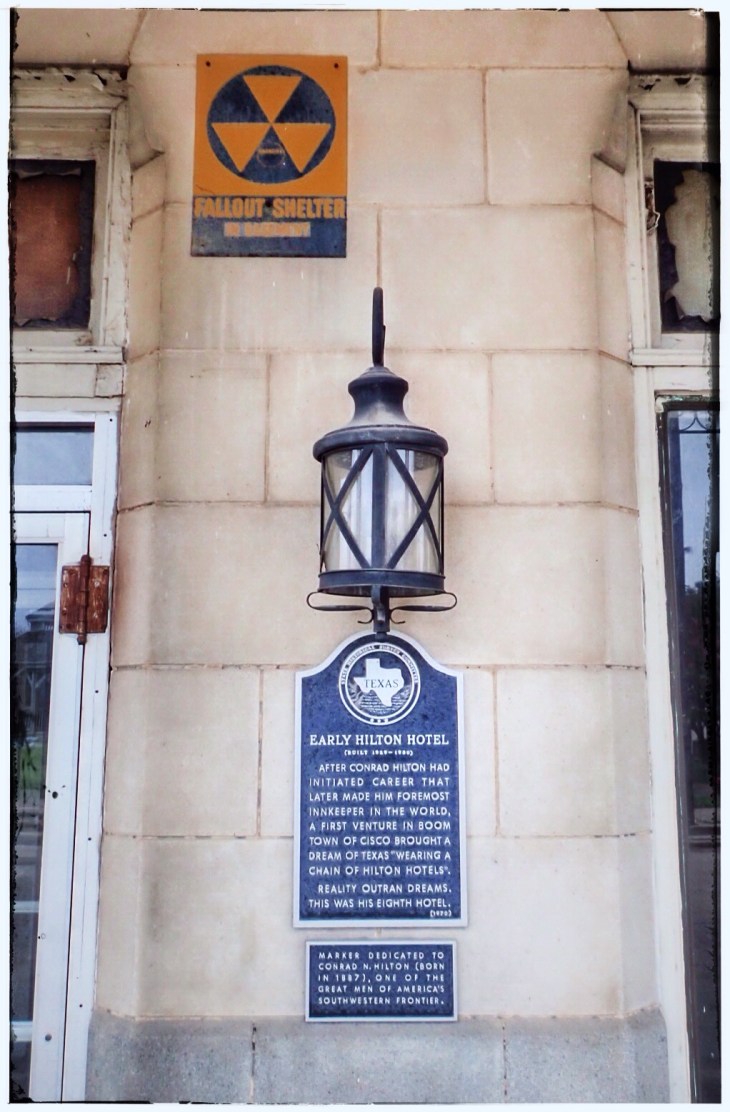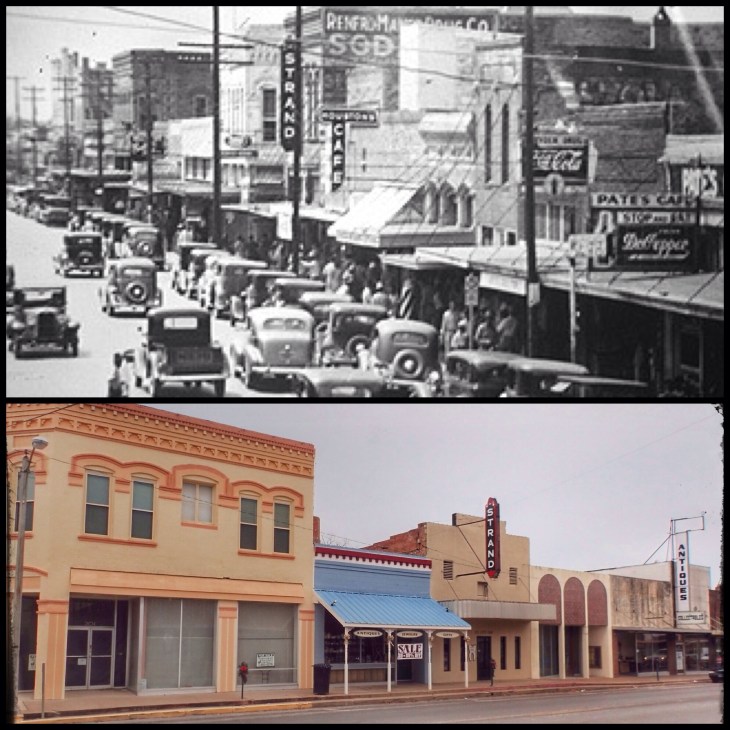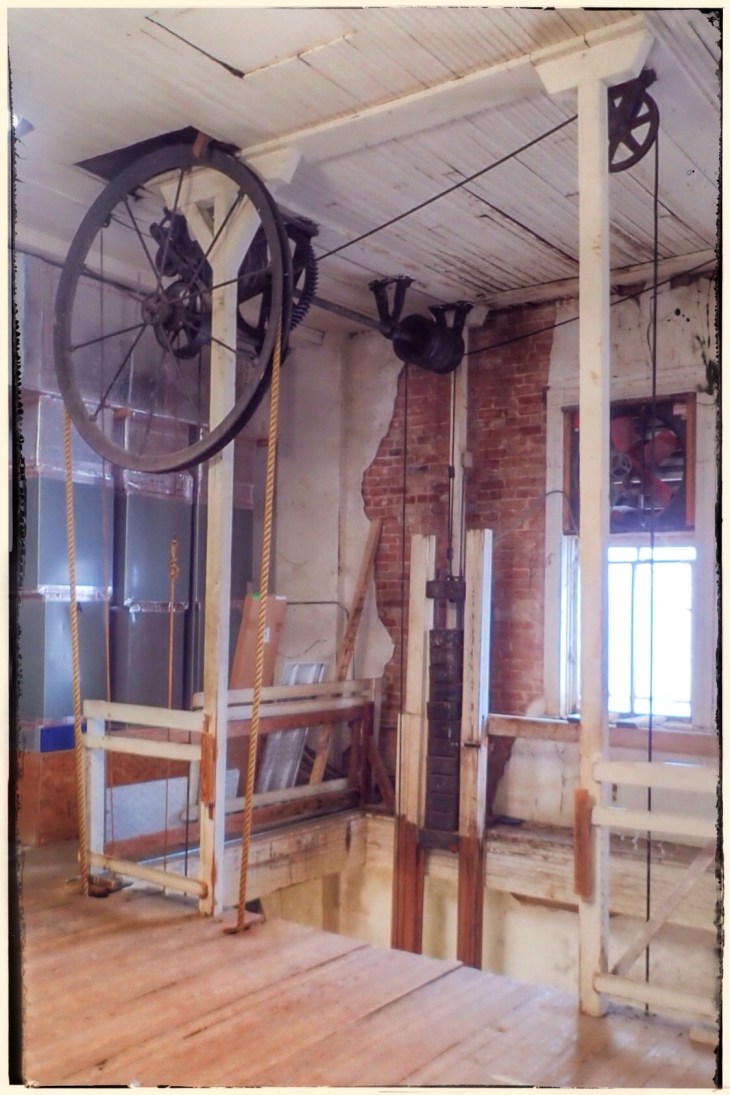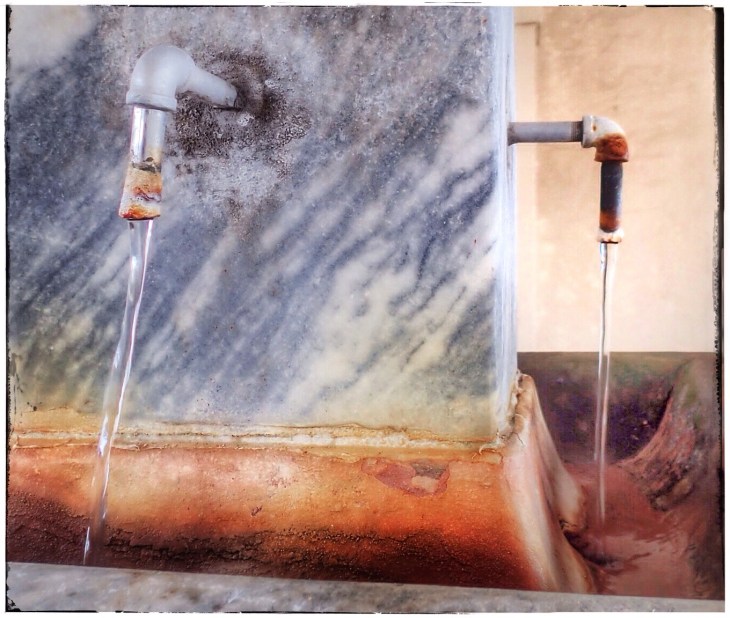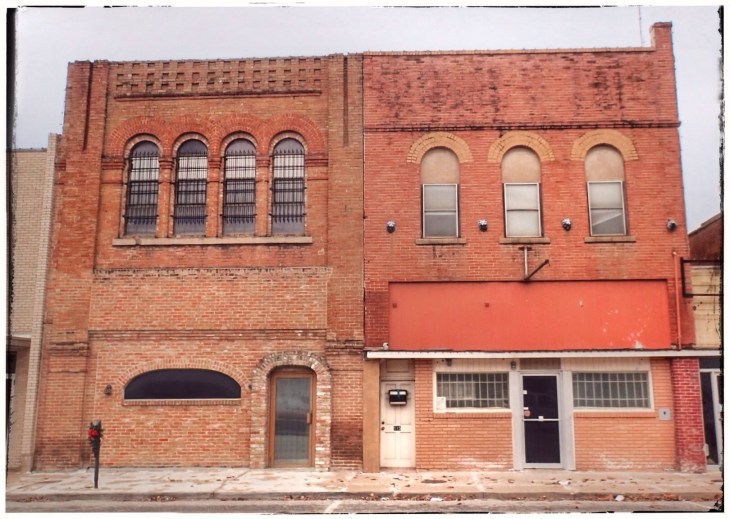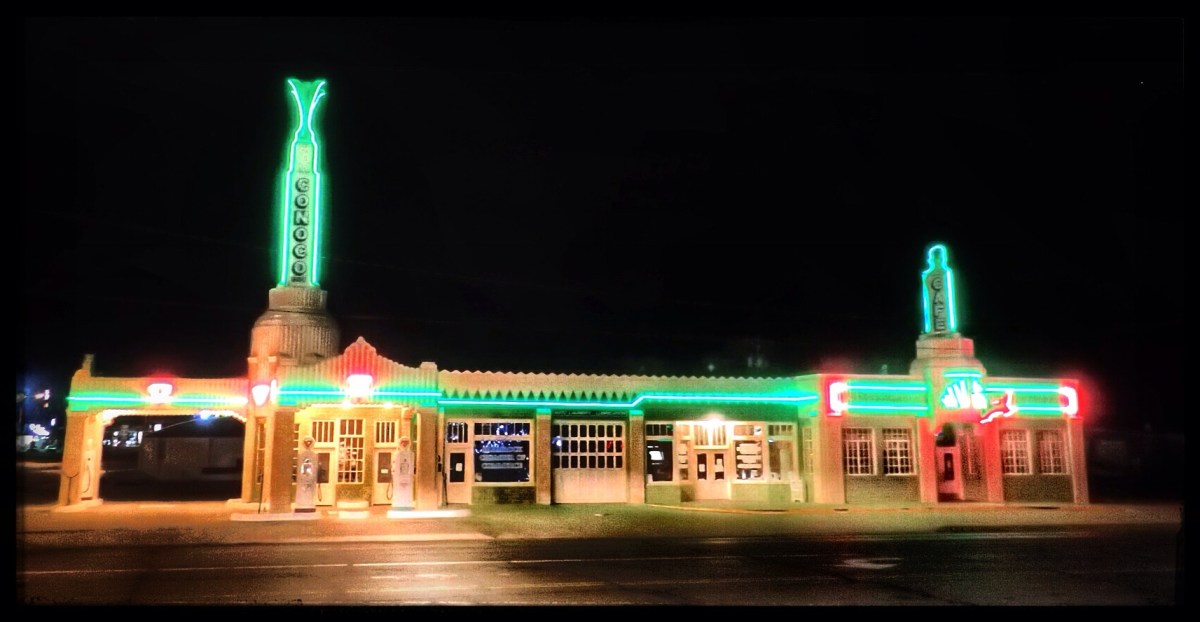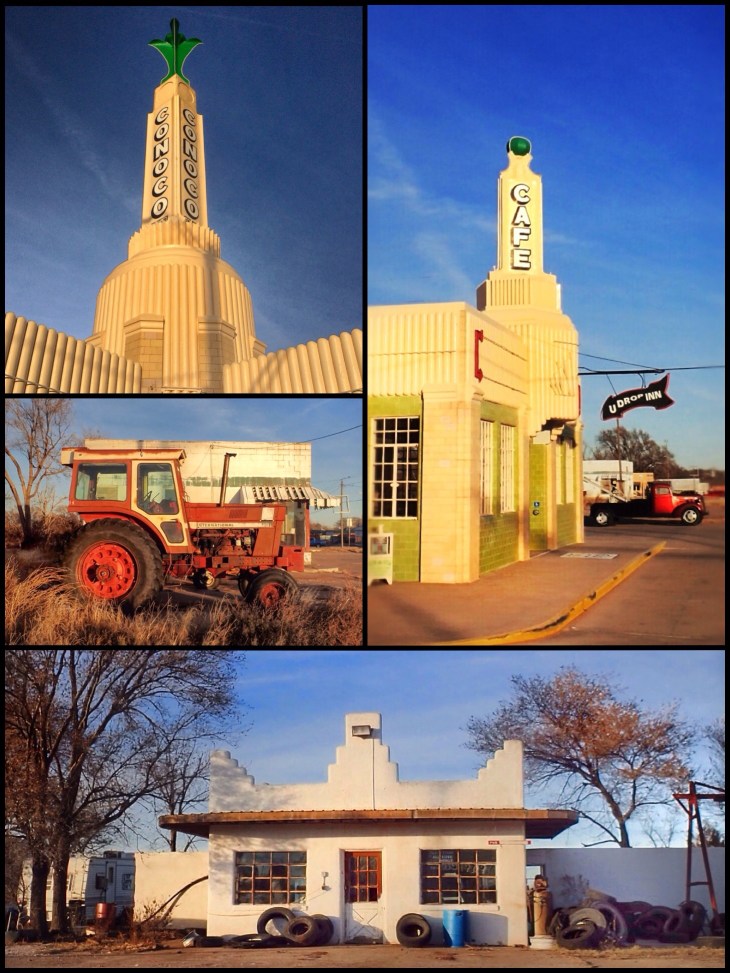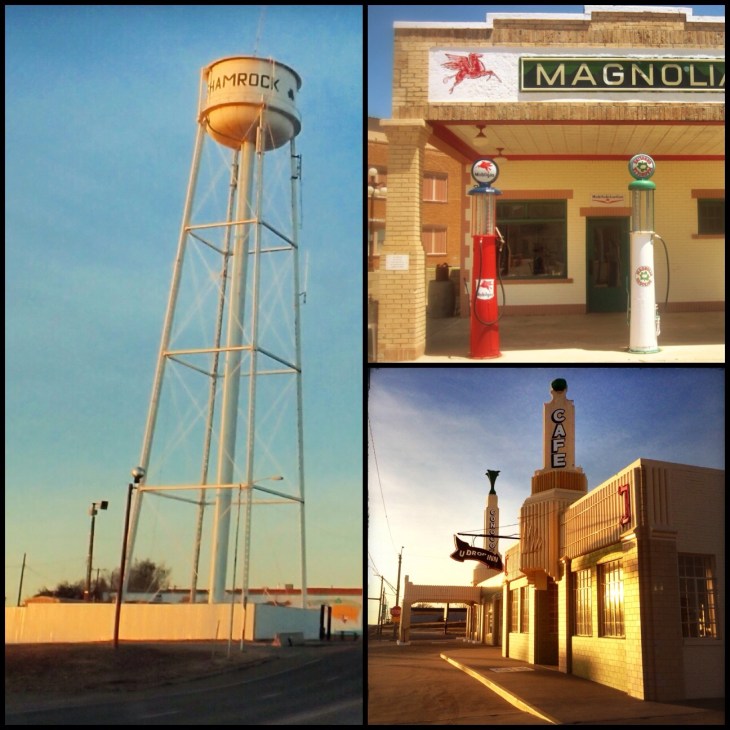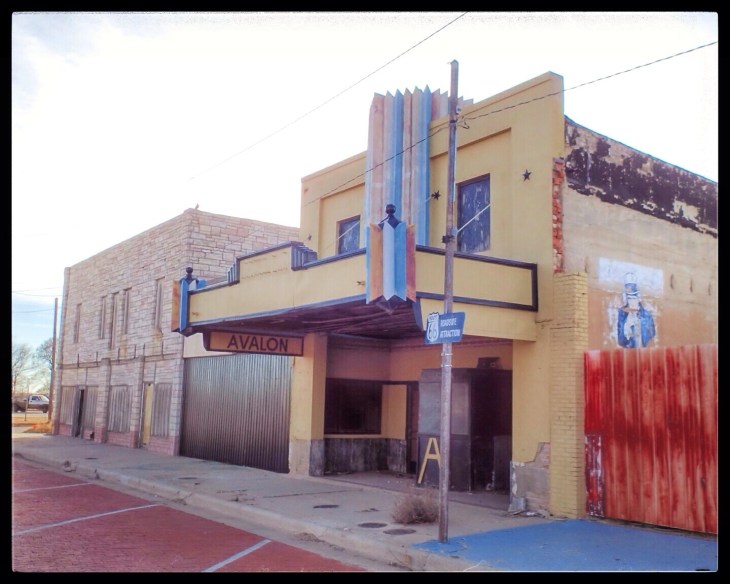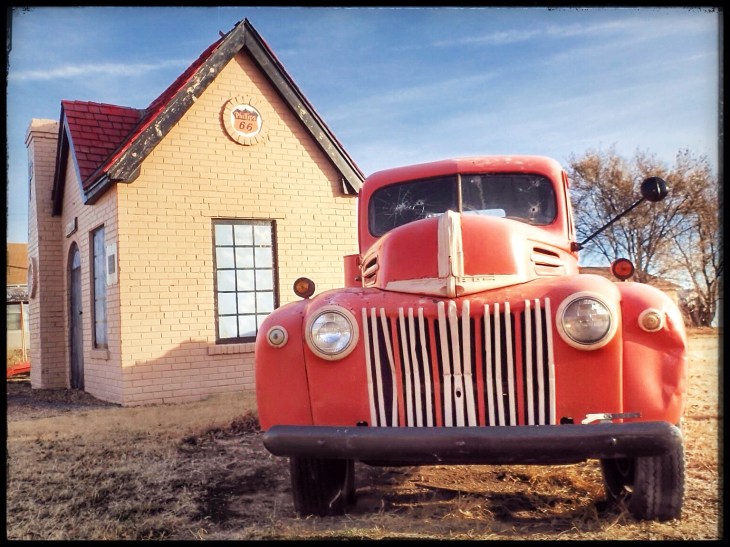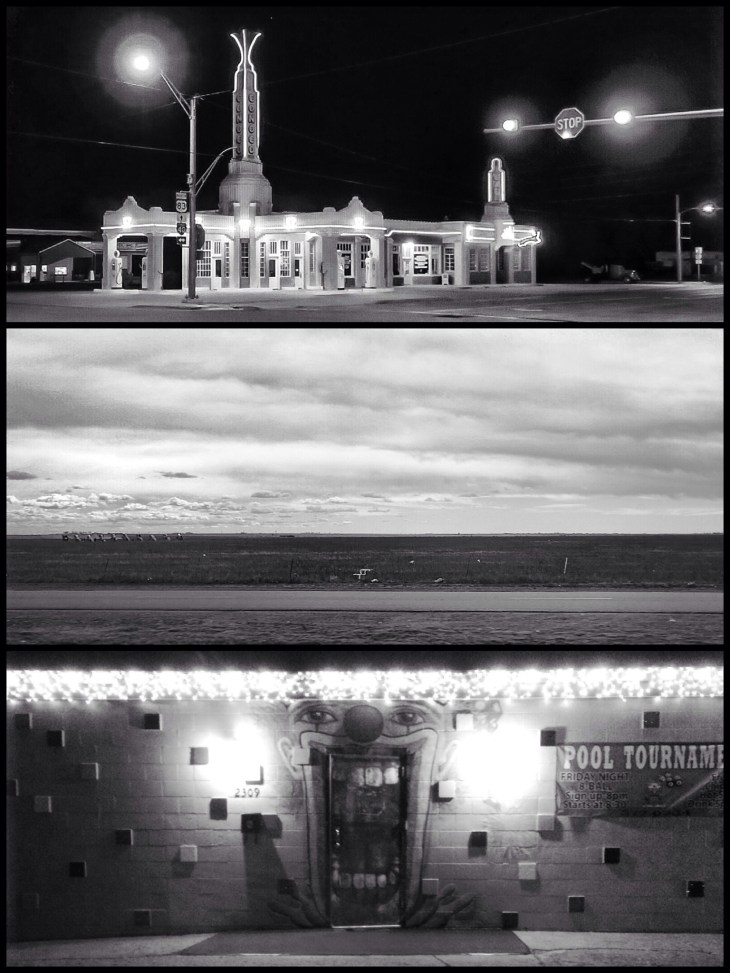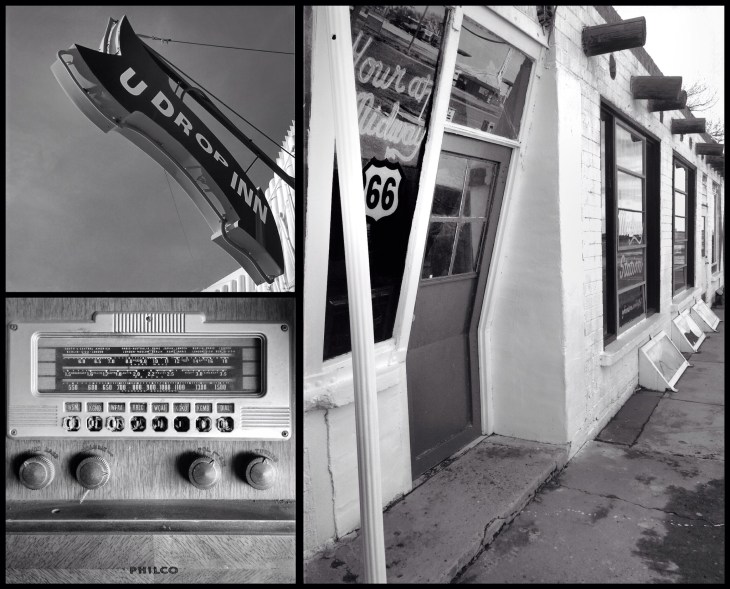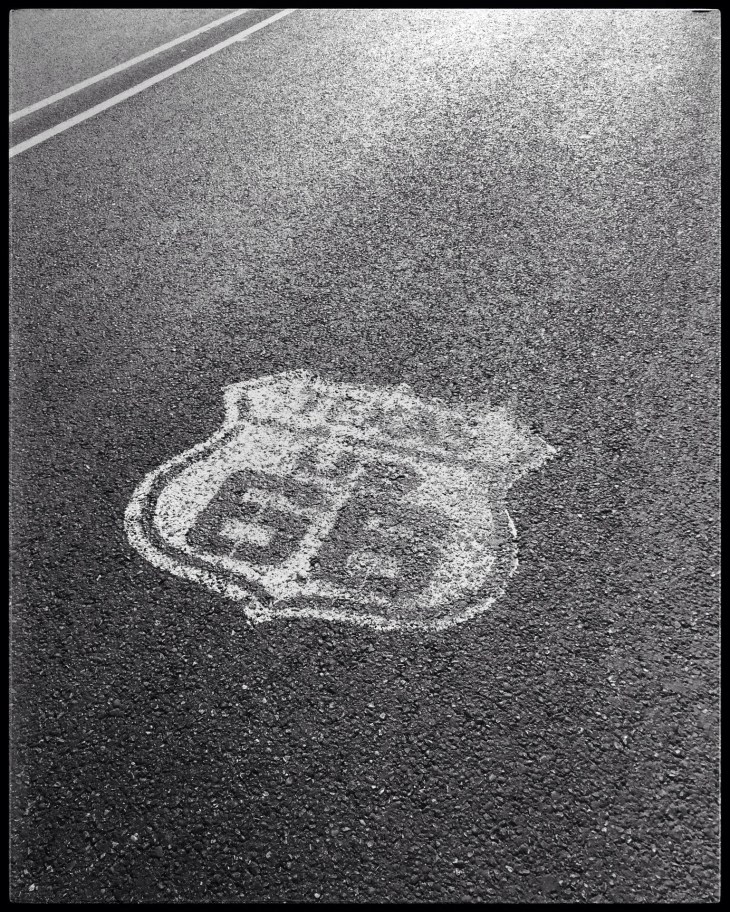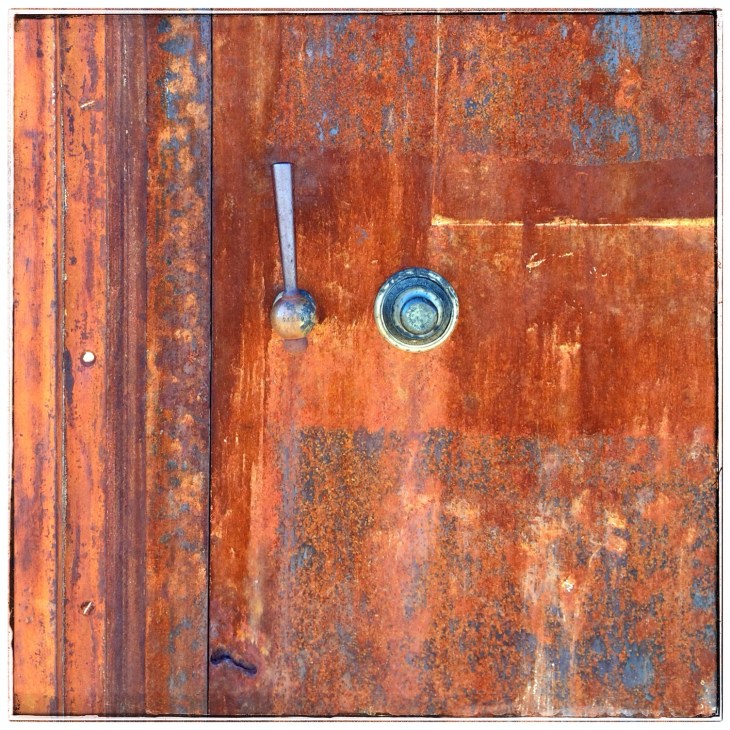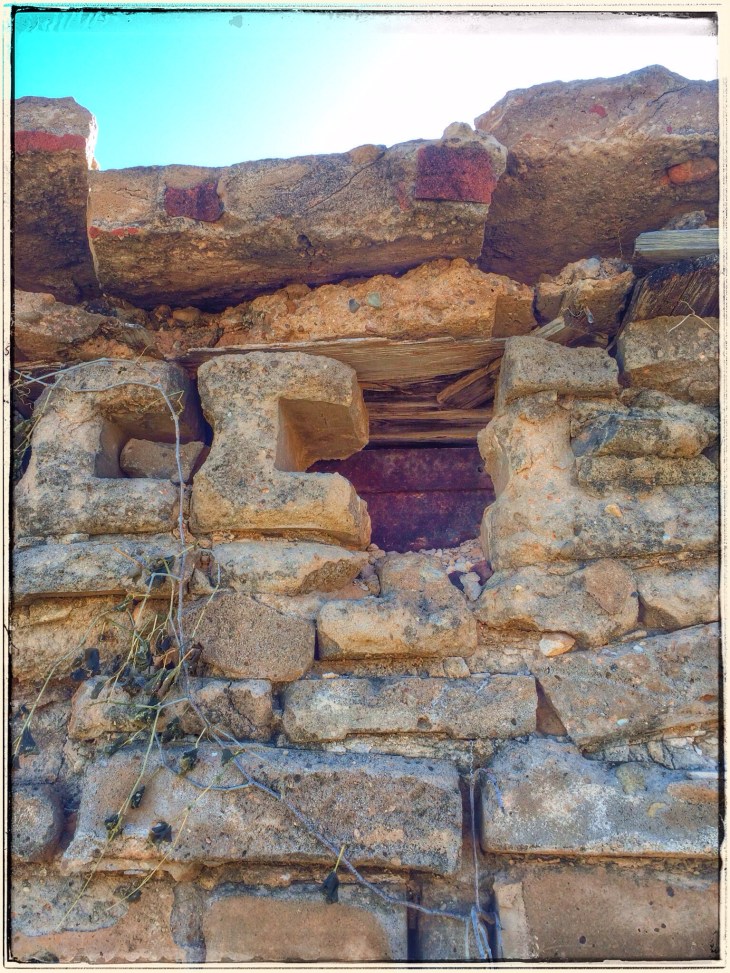Yep. You read that right. We took our daughter to a bar on a school night. But we had a really, really good reason. And no, it wasn’t because we couldn’t find a babysitter.
You see, one of the best things about Texas is that we’ve got some amazing musical legends right here in our backyard. The Crazy Train is based just spitting distance from the Live Music Capital of the World, so we’ve got plenty of concert opportunities.
In 2012, The Hub and I crossed Willie Nelson off our bucket list, but our eclectic little GirlChild was furious to have been left out. You see, Mags isn’t like most girls her age. We’ve not been tortured (yet) with whatever tween chipmunk helium techno bubblegum earworm death sentence that some parents suffer through. She’s got a heterogeneous musical palette that is admirable for a 10 year old girl. Her playlist has everything from Neil Diamond to Taylor Swift.

(The afternoon before the show.)
So when Willie and Family brought the legendary bus back through our neck of the woods in 2013, we had to go. The 80 year old Redheaded Stranger might not have too many touring years left, so we decided to carpe diem and spring for tickets. Seeing Willie at Floore’s in Helotes had always been on my Bucket List, but the folks in Luckenbach say Gruene is best. Unlike Floore’s, Gruene Hall’s stage is elevated, and it’s a lot bigger, so you’re not packed in like sweaty sardines.
 If you’ve never seen a show at Gruene Hall, you should. The historic dance hall was built in 1878, and is known as “the oldest continually run dance hall in Texas.” Not much has changed in the last 135+ years. It’s something like 6,000 square feet of wooden dance floor history with the kind of bar that only serves ice cold longnecks. I think if you ordered something pink with an umbrella, they’d be forced to call the Texas Rangers on you. The fact that it’s un-airconditioned is really irrelevant. The design keeps it fairly comfortable year round.
If you’ve never seen a show at Gruene Hall, you should. The historic dance hall was built in 1878, and is known as “the oldest continually run dance hall in Texas.” Not much has changed in the last 135+ years. It’s something like 6,000 square feet of wooden dance floor history with the kind of bar that only serves ice cold longnecks. I think if you ordered something pink with an umbrella, they’d be forced to call the Texas Rangers on you. The fact that it’s un-airconditioned is really irrelevant. The design keeps it fairly comfortable year round.
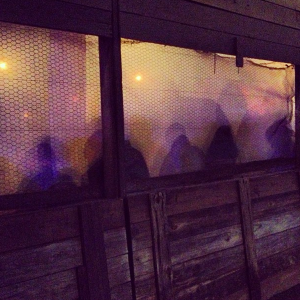
Tickets went on sale about a month out, so I made sure to be online and ready to pony up with my plastic at the instant tickets went live. In under a minute, I was $312 poorer, but I knew I’d have one excited little girl on my hands.
On the day of the show, we prepared as best as we could.
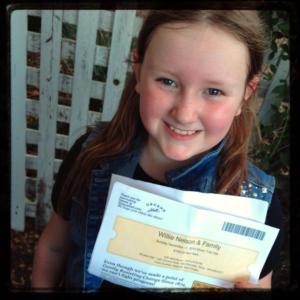
Brothers at Grandma’s: Check!
Comfy jeans and boots: Check!
Cooper’s brisket in the belly: Check!
In line at 5pm sharp: Check!
While we were in line, we schooled Mags on the concept of General Admission Seating. There’d be a lot of standing around and waiting, but if she played her cards right, it’d be worth it. We told her that once the gate opened and they took her ticket, she’d need to high-tail it to the stage—front and center—and park it there. Don’t wait for mom. Don’t wait for Dad. Park it front and center and DO NOT MOVE.
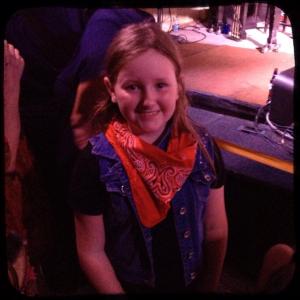
When the doors opened, she flew to the stage and anchored herself right behind a lady in a wheelchair. BRILLIANT move, Grasshopper. She watched, wide-eyed, as Willie’s road crew prepped the stage. When they set Trigger up directly in front of her, she realized that she had the best spot in Gruene Hall.
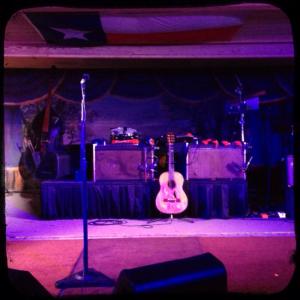
About an hour passed before Paula, Willie’s daughter, took the stage. Paula Nelson is a joy to watch. She seems to really enjoy singing both solo and with her brothers and her dad. She has a great voice, and she’s just plain fun to watch. But after a few songs, Mags was tired of waiting for the REAL reason she was there.
But when Paula finished and she saw those braids for the first time UP CLOSE and IN PERSON, she knew that the wait was worth it. She sang. She jumped up and down. She danced. She took pictures. And when Willie threw his bandanas at the end of the show, she freaking caught one. SHE CAUGHT WILLIE’S BANDANA. He threw 2 of them, and she caught one!!! (How do I NOT have a picture of this?!?!?!)
I am SO not kidding. Holy crap. My daughter, age nine, had the most amazing first concert experience ever. She got to see a living legend at an historic venue. She got to stand front and center, and she came away with the ULTIMATE souvenir.
Since th e show was on a Sunday night, we chose to crash at a nearby hotel and head back on Monday morning. Knowing that I am not a good enough liar to pull the “she was sick” card, and I am trying to teach her honesty and integrity, I told her it was OK to go ahead and tell her teachers the truth as to why she had missed school on Monday. And I sent a note. With a picture.
e show was on a Sunday night, we chose to crash at a nearby hotel and head back on Monday morning. Knowing that I am not a good enough liar to pull the “she was sick” card, and I am trying to teach her honesty and integrity, I told her it was OK to go ahead and tell her teachers the truth as to why she had missed school on Monday. And I sent a note. With a picture.
A couple weeks later, I saw her teacher and the principal at school. When the principal saw me, she just laughed, telling me that in ALL her years in education, she had NEVER seen such an awesome absence excuse letter. We laughed about it and I shared the story. Only in Texas is taking your 9-year old to a bar on a Sunday night to see a Willie Nelson concert an acceptable excuse from 4th grade!

Unfortunately, I am afraid I have completely ruined the entire concert-going experience for her for the rest of her life, but I am so happy to have given her this awesome memory. Now she has her sights set on meeting him, but I don’t think it’s going to be as easy as she seems to think it’ll be. But then again, she’s a pretty lucky girl! She just might find a way to make it happen.
(In case you can’t read the note, it says: Dear Mrs 4th Grade Teacher: Please excuse Mags from school on Monday… She had a ticket to the sold out Willie Nelson concert in Gruene on Sunday night and she had to stand in the front row and catch one of Willie’s bandanas! I am sure you understand this once in a lifetime opportunity was too good to pass up. Thank you! Mrs CrazyTrain)
And yes. All these photos are mine. Please be cool and don’t copy ’em.


